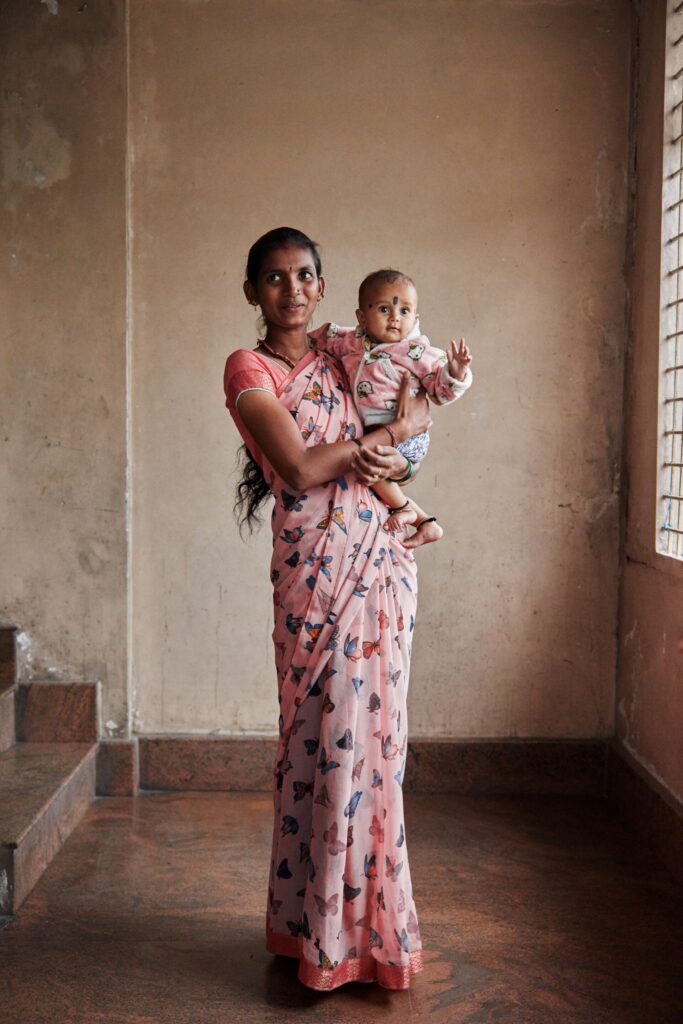
With Collective Impact methodology chosen as guiding force, we brought in 10 partners, all experts within their field, to tackle different challenges faced by waste pickers as had been identified through the ethnographic survey, with the objective of addressing several concerns together — not just water or education or work safety or earning capacity or housing & social security — but all of these. To provide waste pickers holistic solutions with equity and equitable access to outcomes by all populations as foundational benchmarks of the initiative.
We adopted the Collective Impact approach — a highly structured method to build a collective of community members, organizations, and institutions that advance equity by learning and working together — as it catered to all that we wanted to achieve, and provided the collaborative framework needed to overcome complex socio-economic problems.

As we successfully close the first phase of Saamuhika Shakti, and march strongly into the second phase this January 2024, we’re proud to report that our partners in Bengaluru, India, have not only demonstrated that collaboration is possible, but have also showed that by working together, more is possible than the sum of its parts.
However, we didn’t start this way.
Our aim to shift power relations, create inclusive societies, and ensure equity for the long term required patience, adaptability, and continuous communication, as it is not easy to completely reimagine how different actors collaborate, that too in a system where too many organizations are used to working in isolation from one another.
The work was not without challenges… Read the full story at saamuhikashakti.org



